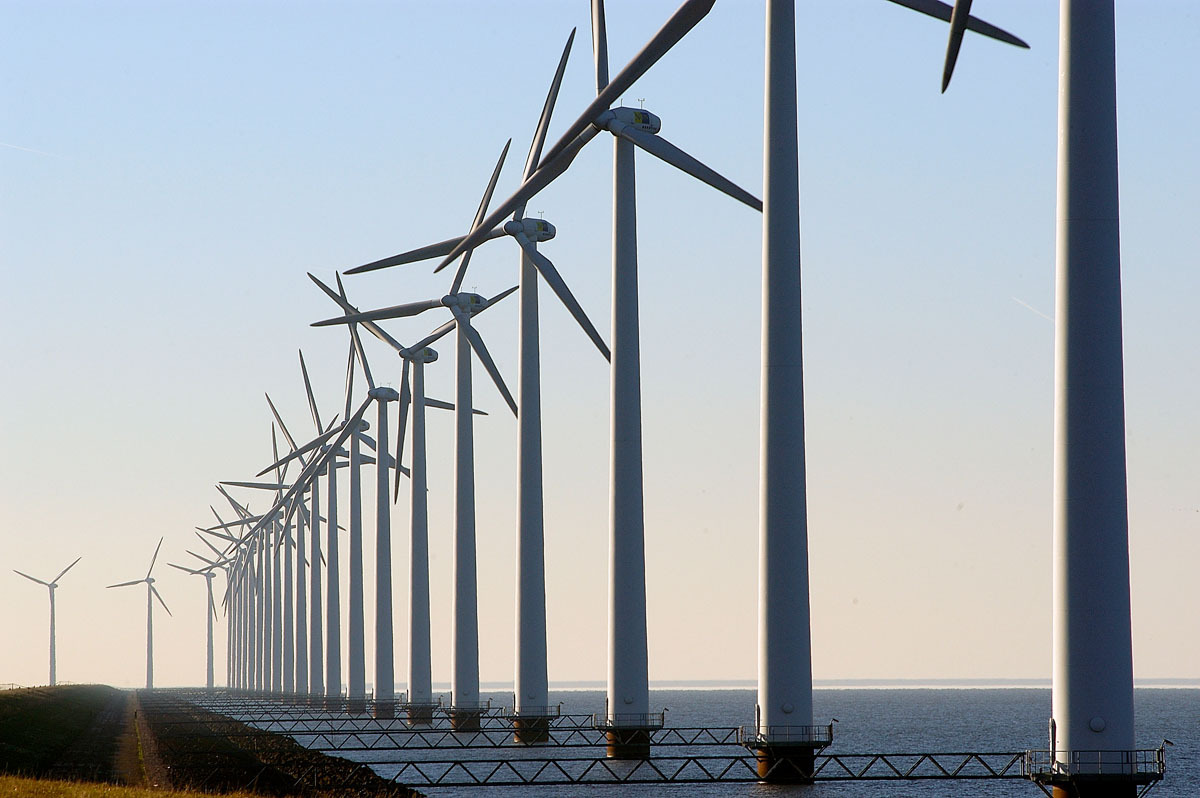Green Energy in Ontario: Why we can’t afford to slip backwards
So the good news about last summer’s North American drought is a bumper 2012 Niagara wine vintage. Apparently, thirsty grapes make for good drinking. That might make the bad news easier to swallow.
This winter, the government had to come to the aid of Ontario farmers struggling to feed their livestock. The extreme heat of the summer dried up forage yields and damaged pastures. Corn crops withered. Wheat prices went up. And from your local bistro to your kitchen pantry, most of us felt it. (Ready for another glass?).
Extreme weather conditions are an impact of climate change. It’s a huge global threat, and one that Ontario must face. According to the Ministry of the Environment, Ontarians could experience an average increase in temperature by as much as 8 degrees over the next century. Lake levels would fall drastically, less snow but more freezing rain would down transmission lines and make road travel more dangerous, instances of West Nile could go up, and—here’s a kicker—home energy bills could go up too, as Ontarians deal with more severe weather events.
To avoid the worst impacts of a changing climate, we need to shift as quickly as possible from fossil fuels to renewable sources of energy. Now that the cost of green sources like wind and solar is falling dramatically (just as the cost of other sources like nuclear power are rising)—it’s a pretty smart investment. Not just for the planet, but for Ontario’s economy.
Unfortunately, the energy discussion in Ontario (as it is in Canada and the world at large) is highly polarized. As a result, facts get skewed and everyday people are left wondering—what’s the real deal? Of particular concern of late is how much Ontario’s investment in renewable energy costs consumers.
Well here’s some light on the subject. A new study commissioned by the Independent Electricity System Operator (IESO), which runs Ontario’s power market, concluded that the biggest components to Ontarians’ power bills come from payments to nuclear and gas-fired generating plants — not, as it turns out, to renewable energy suppliers.
A report by the Pembina Institute found that Ontario consumers would see virtually no relief from high electricity prices if the province cancelled its support for renewable energy under the Green Energy Act. In fact, the opposite is true: their study showed that investing in renewable energy today is likely to save Ontario ratepayers money within the next 15 years, as natural gas becomes more expensive and as the cost of renewable energy technology continues to decrease.
As they say, there’s no such thing as a free lunch. And there’s definitely no such thing as free energy (as your grandma and local conservationist know, the cheapest energy is the kind you don’t use!). All forms of power, including renewable ones, have their impacts. But the truth is, as Canadians and as earthlings, we can no longer afford the impacts of fossil fuels. Investing in well-planned renewable energy, along with greater conservation and efficiency, is the right path—for Ontario and the world. Our best energy shouldn’t be spent scrambling backwards. But rather developing the best practices, the right standards, and transparent processes to move forward and get it right.



